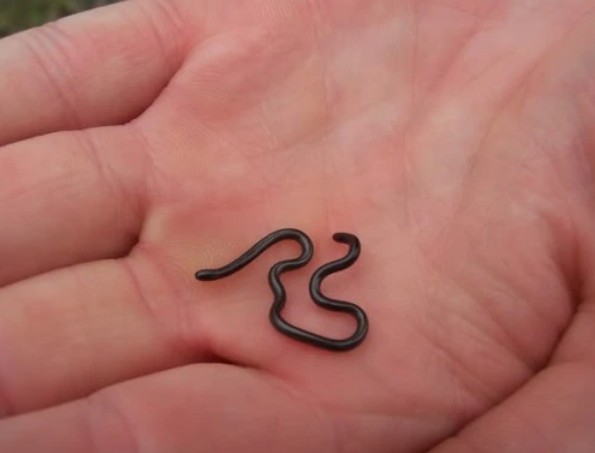For nearly two decades, no one had spotted the world’s smallest-known snake.
Some scientists worried that maybe the Barbados threadsnake had become extinct, but one sunny morning, Connor Blades lifted a rock in a tiny forest in the eastern Caribbean island and held his breath.
“After a year of searching, you begin to get a little pessimistic,” said Blades, project officer with the Ministry of Environment in Barbados.
The snake can fit comfortably on a coin, so it was able to elude scientists for almost 20 years. Too tiny to identify with the naked eye, Blades placed it in a small glass jar and added soil, substrate and leaf litter.
Several hours later, in front of a microscope at the University of the West Indies, Blades looked at the specimen. It wriggled in the petri dish, making it nearly impossible to identify.
“It was a struggle,” Blades recalled, adding that he shot a video of the snake and finally identified it thanks to a still image.
It had pale yellow dorsal lines running through its body, and its eyes were located on the side of its head.
“I tried to keep a level head,” Blades recalled, knowing that the Barbados threadsnake looks very much like a Brahminy blind snake, best known as the flower pot snake, which is a bit longer and has no dorsal lines.
Related Stories







